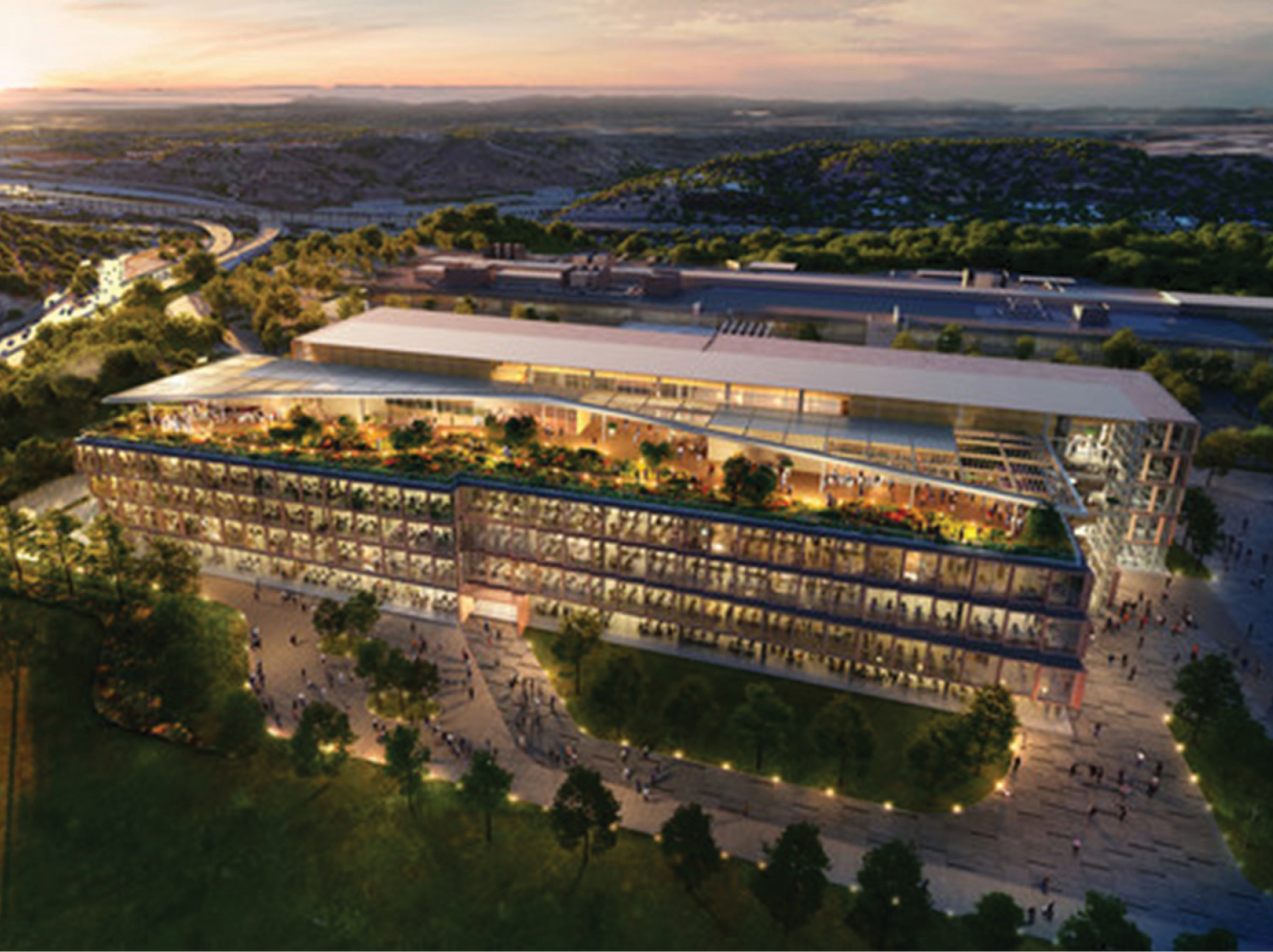Whatever is behind the boom in recent investment in U.S. life sciences R&D space, demand is off the chart. Research from CBRE released earlier this year says 2021 ended with the strongest U.S. life sciences market in history. The research focuses on fourth quarter 2021 indicators. Highlights include these: Life sciences venture capital funding hit a record high of $32.5 billion in 2021. R&D lab vacancies are low, and they’re going lower. Low vacancies drove asking rents up 7.8% in the fourth quarter of 2021. Developers had more than 31 million sq. ft. of lab space under development to meet demand. Biotech R&D employment grew 10.8% in 2021 – more than twice that of non-farm employment.
“Because of the costs associated with the essential lab infrastructure, real estate developers with vacant land near innovation corridors will benefit from cost savings and delivery-to-market advantages,” said Joe Simone, president of Bronx, New York-based Simone Development Companies, commenting on the CBRE analysis. Simone Development Companies is a full-service real estate investment company specializing in the acquisition and development of office, retail, industrial and healthcare properties in the New York tristate area. Over the past 25 years since the U.S. Navy closed Philadelphia’s Navy Yard, Simone points out, private investors have transformed a massive, outdated tract of land into a thriving community with more than 150 companies. “The key to this success was 1,200 acres of vacant or demolition-ready land near a major urban center.”
Simone says that vertical cluster design will be one of his firm’s life-sciences development strategies in urban settings. “Vertical cluster design is an ideal solution for the dense urban and suburban regions where our company operates,” he explained in April. “Particularly in New York City, real estate developers interested in building life sciences labs and offices must design in very limited acreage, which means the only solution is building tall towers.”

Vertical cluster design is a concept promoted by architecture firms like Boston- and New York City-based SGA, says Simone, which has developed a 24-story, 750,000-sq.-ft. tower for densely populated cities like San Francisco or London. The vertical prototype takes a horizontal life-sciences campus and stacks it in a tower format while maintaining essential collaboration spaces.
Where to Find Space
Meanwhile, back to the CBRE Q4 2021 life sciences sector analysis. There was R&D space inventory to be found, but as mentioned, vacancies are low. The top markets to find space are Boston/Cambridge with 44.6 million sq. ft. available, the San Francisco Bay Area (33 million), New Jersey (20.4 million), San Diego (18.6 million) and Washington D.C./Baltimore (10.6 million). The markets that are attracting life sciences R&D space as indicated by the percentage of space under development that was pre-leased in late 2021 are Boston/Cambridge at 41.3%, Denver/Boulder (40.4%), New Jersey (33.9%), San Diego (31.2%) and the San Francisco Bay Area (28.6%).
Bristol Myers Squibb (BMS) recently executed a long-term lease for the development of the global biopharmaceutical company’s newest core R&D facility at Alexandria Point, a campus in San Diego’s University Town Center submarket being developed by Alexandria Real Estate Equities, Inc., a REIT specializing in collaborative life science, agtech and technology campuses. When complete, Alexandria Point will provide over 2 million sq. ft. of mission-critical laboratory and office space, as well as over 100,000 sq. ft. of amenities. San Diego is one of five U.S. markets in which Bristol Myers Squibb occupies Alexandria space.
“BMS looks forward to bringing our teams across San Diego to work together at our new innovative research hub,” said Rupert Vessey, executive vice president, Research and Early Development of Bristol Myers Squibb, at the lease announcement. “Having a single campus will accelerate collaboration amongst our company’s research teams and will foster a flexible working ecosystem to further BMS’s mission to advance medicines for patients who need them most.”

